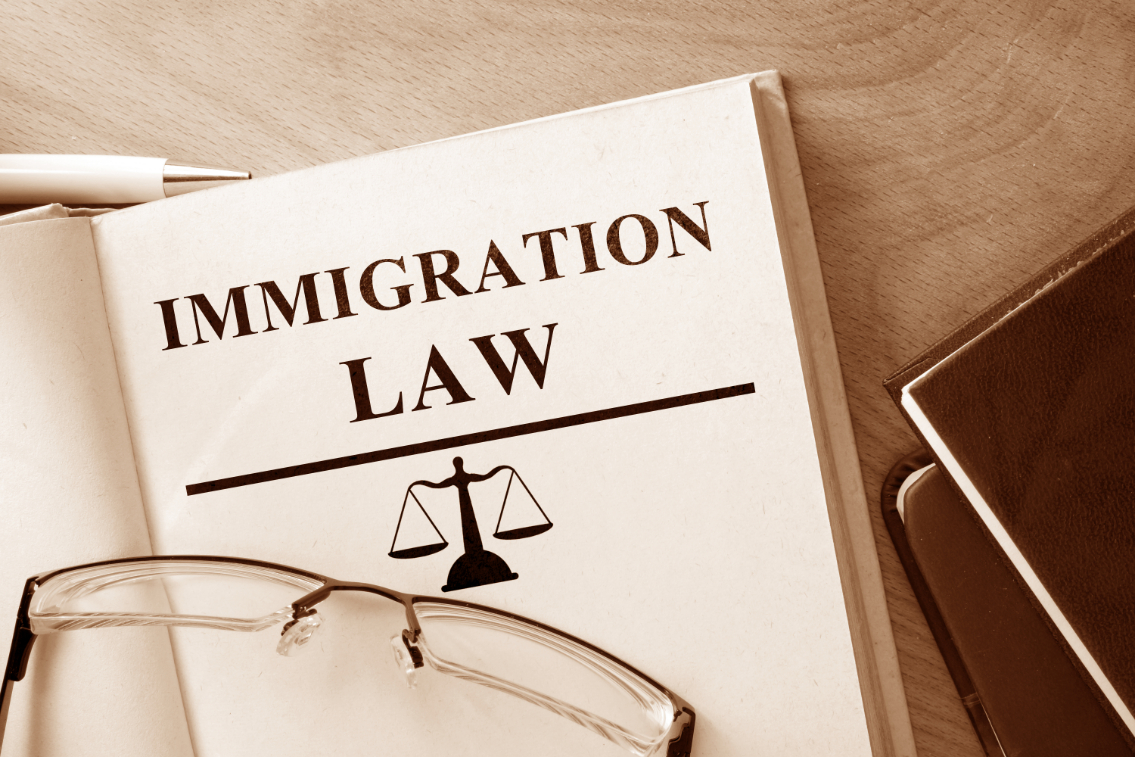Civil rights laws are meant to protect all people in the United States from unlawful discrimination, harassment, or abuse in a variety of settings like housing, the workplace, school, voting, business, healthcare, public spaces, and more.
A civil rights violation occurs when an individual’s civil rights are infringed upon. This can include acts of discrimination, harassment, unequal treatment, or denial of basic rights and liberties. Examples of civil rights violations include employment discrimination based on race, denial of housing due to disability, or infringement on freedom of speech.
At times, those meant to protect our society can turn into aggressors. If you have been mistreated by a police officer or other member of law enforcement (including while incarcerated), the Civil Rights Division encourages you to contact the FBI.
Report
If you believe that you have been the victim of a hate crime, or a victim of human trafficking, the Civil Rights Division encourages you to immediately submit an online report.
Brown v. Board of Education in 1954, is likely the most famous of all civil rights cases. The Supreme Court declared that racial segregation policies having to do with public education violate the 14th Amendment, the Equal Protection Clause. After the Brown case in 1954, the court would extend the reasoning of the case beyond public schools to any official public facility or public action, and by default declared segregation was unconstitutional.

